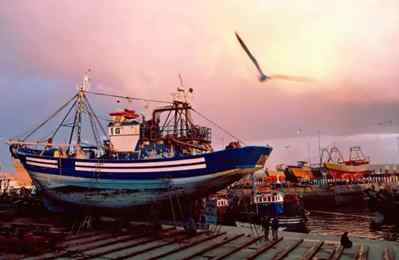US$40 billion worth of opportunities in Asia-Pacific upstream M&A in 2017

Asia-Pacific’s upstream sector holds up to US$40 billion worth of opportunities in 2017 as oil majors continue to divest mature and mid-life assets in the region, according to a research by Wood Mackenzie.
BP, Chevron and other majors have divested tail-end assets within the region over recent years, but that trickle looks set to gain volume as larger assets are sold in 2017.
Chevron and Shell hold the largest portfolio of legacy assets in the region, and in the latter half of last year signalled their intentions to sell assets in Myanmar, Bangladesh, Thailand, New Zealand and Malaysia, amongst others.
Trend of emerging new buyers
The big question is who will actually buy these assets, which in many cases are mature, and carry various license expiry and abandonment risks. Wood Mackenzie expects 2017 to bring a different mix of buyers to the fore than has been seen in recent years.
Prasanth Kakaraparthi, senior upstream research analyst, said, “Between 2010 and 2016, national oil companies (NOCs) were the main buyers in Asia-Pacific, acquiring over 2 million boe of commercial reserves.
“This year we expect to see more buying activity from local independents and private equity-backed players. Domestic utilities and refiners, Japanese players and Middle-Eastern NOCs looking for growth opportunities are also possible acquirers.”
FIDs and E&P outlook remain weak; Myanmar in the spotlight
Asia-Pacific capital expenditure is expected to fall again in 2017 to US$64 billion with capital budgets some 40% lower than they were in 2015. This is due in part to fewer projects taking final investment decisions (FID) in 2016. Only two projects, Ca Rong Do in Vietnam and Western Surat Gas project in Australia, are expected to take FID in 2017.
Lacklustre participation in recent licensing rounds, and reduced budgets point to a bleak year for exploration in Asia-Pacific. We expect around 50 wells to be drilled this year; a 70% drop from 2014 levels.
Myanmar, which holds some of the last remaining frontier acreage in an otherwise mature region, accounts for the bulk of frontier exploration drilling and will be the biggest bright spot in Asia-Pacific this year. We expect several wildcat wells to be drilled as several blocks from the hugely successful 2013 bid round are matured through the exploration process. We also expect to see several companies farm down interest in exploration acreage where commitment wells are due to reduce risk and manage budgets.
Traditional LNG exporters turn importers
Gas demand from emerging markets (Pakistan, Bangladesh, Philippines and Vietnam) in Asia-Pacific will play a significant role towards LNG demand growth in the region in the next decade. Lower LNG prices and declining domestic gas production will result in some traditional LNG exporters such as Indonesia and Malaysia to become significant consumers. In total, LNG demand from the region is expected to rise four-fold to over 40 mmtpa between 2016 and 2025.
The report APAC Upstream: Five themes to look out for in 2017 is available for purchase on Wood Mackenzie’s ecommerce site.
US$40 billion worth of opportunities in APAC M&A (Majors’ NPV in APAC ex-Australasia)
Source: Wood Mackenzie
HEADLINES
- Do shipping markets want Biden or Trump for the win?
- All 18 crew safe after fire on Japanese-owned tanker off Singapore
- Singapore launching $44m co-investment initiative for maritime tech start-ups
- Cosco debuts Global Shipping Industry Chain Cooperation Initiative
- US warns of more shipping sanctions
- China continues seaport consolidation as Dalian offer goes unconditional